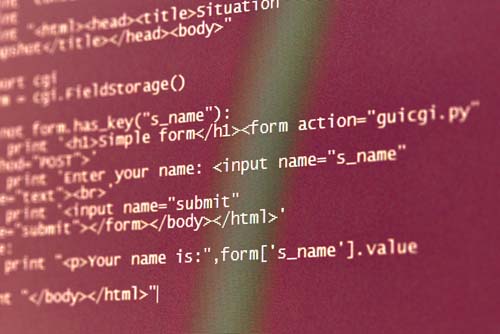java从小到大排序算法代码
发布时间:2023-06-16 17:51:00
发布人:lcy

在Java中,有多种算法可用于对数组或集合进行从小到大的排序。以下是几种常见的排序算法的示例代码:
1. 冒泡排序(Bubble Sort):
public class BubbleSort {
public static void bubbleSort(int[] array) {
int n = array.length;
for (int i = 0; i < n - 1; i++) {
for (int j = 0; j < n - i - 1; j++) {
if (array[j] > array[j + 1]) {
// 交换相邻元素
int temp = array[j];
array[j] = array[j + 1];
array[j + 1] = temp;
}
}
}
}
public static void main(String[] args) {
int[] array = {5, 2, 8, 3, 1};
bubbleSort(array);
System.out.println(Arrays.toString(array));
}
}
2. 选择排序(Selection Sort):
public class SelectionSort {
public static void selectionSort(int[] array) {
int n = array.length;
for (int i = 0; i < n - 1; i++) {
int minIndex = i;
for (int j = i + 1; j < n; j++) {
if (array[j] < array[minIndex]) {
minIndex = j;
}
}
// 交换最小元素与当前位置元素
int temp = array[minIndex];
array[minIndex] = array[i];
array[i] = temp;
}
}
public static void main(String[] args) {
int[] array = {5, 2, 8, 3, 1};
selectionSort(array);
System.out.println(Arrays.toString(array));
}
}
3. 插入排序(Insertion Sort):
public class InsertionSort {
public static void insertionSort(int[] array) {
int n = array.length;
for (int i = 1; i < n; i++) {
int key = array[i];
int j = i - 1;
while (j >= 0 && array[j] > key) {
array[j + 1] = array[j];
j--;
}
array[j + 1] = key;
}
}
public static void main(String[] args) {
int[] array = {5, 2, 8, 3, 1};
insertionSort(array);
System.out.println(Arrays.toString(array));
}
}
以上代码示例分别实现了冒泡排序、选择排序和插入排序算法。你可以根据需要选择其中的一种算法来对整型数组进行从小到大的排序。这些算法也可以通过适当修改来对其他类型的数组或集合进行排序。在示例代码中,我们使用`Arrays.toString()`方法将排序后的数组转换为字符串并打印输出。
请注意,以上算法只是一些基础的排序算法,在实际应用中可能存在更优化的排序算法,如快速排序、归并排序等。










